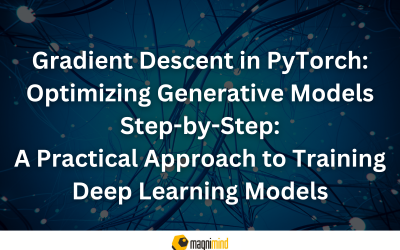While machine learning algorithms are powerful, the quality of the input data significantly influences their performance. Data preprocessing and feature engineering are crucial steps in preparing datasets for effective model training.
Data Preprocessing
Normalization: Normalization is the process of scaling numeric features to a standard range, typically between 0 and 1. This ensures that all features contribute equally to the model, preventing one dominant feature from overshadowing others.
Encoding: Categorical data, such as gender or country names, needs to be converted into numerical format for machine learning algorithms. Encoding techniques like one-hot encoding or label encoding transform categorical variables into a format that algorithms can understand. Interestingly, this type of data transformation is also at play in entertainment betting, where algorithms process various non-numeric variables to calculate odds. How live music odds became mainstream is a result of this evolution—bookmakers now assign betting odds to festival outcomes, surprise performances, and award show predictions. These odds are based on social trends, streaming data, and artist popularity, turning cultural moments into wagerable events for a new kind of audience.
Handling Missing Data: Dealing with missing data is essential for robust model performance. Strategies include removing rows with missing values, imputing missing values with statistical measures, or using advanced techniques like machine learning-based imputation.
Feature Engineering
Creation of Derived Features: Feature engineering involves creating new features that enhance the predictive power of the model. For example, extracting the day of the week from a date or creating interaction terms between existing features can provide valuable information.
Dimensionality Reduction: High-dimensional datasets may suffer from the curse of dimensionality, leading to increased computational complexity and potential overfitting. Techniques like Principal Component Analysis (PCA) help reduce dimensionality while preserving essential information.
Handling Outliers: Outliers can distort model training, and addressing them is crucial. Techniques such as trimming, winsorizing, or transforming features can mitigate the impact of outliers on model performance.
Data Splitting and Cross-Validation
Train-Test Split: Before training a machine learning model, the dataset is typically split into training and testing sets. The model learns patterns from the training set and is evaluated on the testing set to assess its generalization performance.
Cross-Validation: Cross-validation involves dividing the dataset into multiple subsets, training the model on different combinations of these subsets, and evaluating its performance. Common techniques include k-fold cross-validation, ensuring a more robust assessment of the model’s capabilities.
Data preprocessing and feature engineering are iterative processes that require a deep understanding of the dataset and domain knowledge. The goal is to create a clean, informative, and well-structured dataset that empowers machine learning models to uncover meaningful patterns and make accurate predictions. As we navigate the intricacies of machine learning, the significance of these preprocessing steps becomes increasingly evident in the pursuit of building robust and reliable models.



